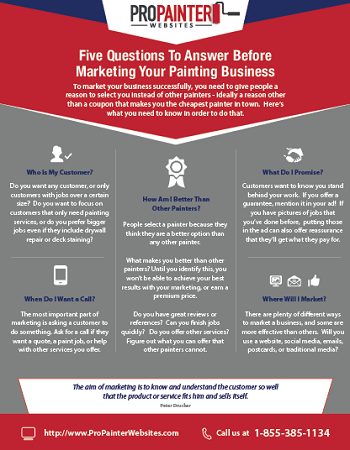When you're budgeting for an industrial paint job, it's simple to forget specific costs that can creep up on you. You might believe you have actually covered everything, yet surprise expenses like surface prep work and permits can promptly build up. By determining these potential mistakes beforehand, you can create a much more precise budget plan. Yet what look at here now should you consider to avoid those pricey shocks? Let's discover how to evaluate your job's scope efficiently.
Assessing the Scope of Your Job
Prior to diving right into a commercial paint job, it's crucial to assess the range of your project.
Start by establishing the locations that require painting and the complete square footage included. Consider the type of surface areas, whether they're drywall, wood, or metal, as this impacts the materials and labor needed.
Next off, examine the condition of these surface areas; any repair services or prep work will influence your timeline and budget plan.
Don't fail to remember to make up the kind of paint you desire, as quality can differ dramatically in price.
Lastly, consider ease of access. If specific areas require special equipment or extra precaution, you'll require to factor those expenses into your general spending plan.
Comprehending these components will certainly establish you up for success.
Identifying Prospective Hidden Prices
When you've evaluated the range of your commercial paint job, it's time to think about the prospective covert expenses that can emerge.
You could ignore expenses like surface prep work, which can consist of cleaning, patching, or priming. Weather-related hold-ups can likewise result in unanticipated prices, so watch on the forecast.
If your structure has numerous levels or hard-to-reach areas, you might sustain additional labor fees. In addition, take into consideration the price of permits or inspections that might be required by regional laws.
Finally, use this link ignore the capacity for enhanced expenses if you require unique coatings or products. By recognizing commercial painters minneapolis hidden expenses ahead of time, you can budget more effectively and stay clear of shocks down the line.
Creating a Contingency Plan
As you move on with your commercial paint work, it's vital to create a contingency plan that attends to unanticipated challenges.
Start by recognizing prospective risks, like climate delays or supply scarcities. Appoint a part of your budget-- commonly 10-15%-- to cover these unexpected expenses.
Next off, established clear timelines and communicate them with your team, so everybody's on the same page. Routinely assess your plan and adjust it as needed, specifically if situations transform.
Finally, ensure you have trustworthy calls, such as providers and subcontractors, that can aid you navigate any problems that occur.
Verdict
In conclusion, budgeting for your commercial paint work needs cautious preparation and awareness of prospective hidden expenses. By examining the range of your job and identifying locations where costs could occur, you can create a much more precise budget. Constantly consist of a backup plan to manage unforeseen problems. Staying versatile and reviewing past projects will additionally help you make notified decisions. With these suggestions, you'll be better prepared to manage your costs and make sure an effective outcome.
